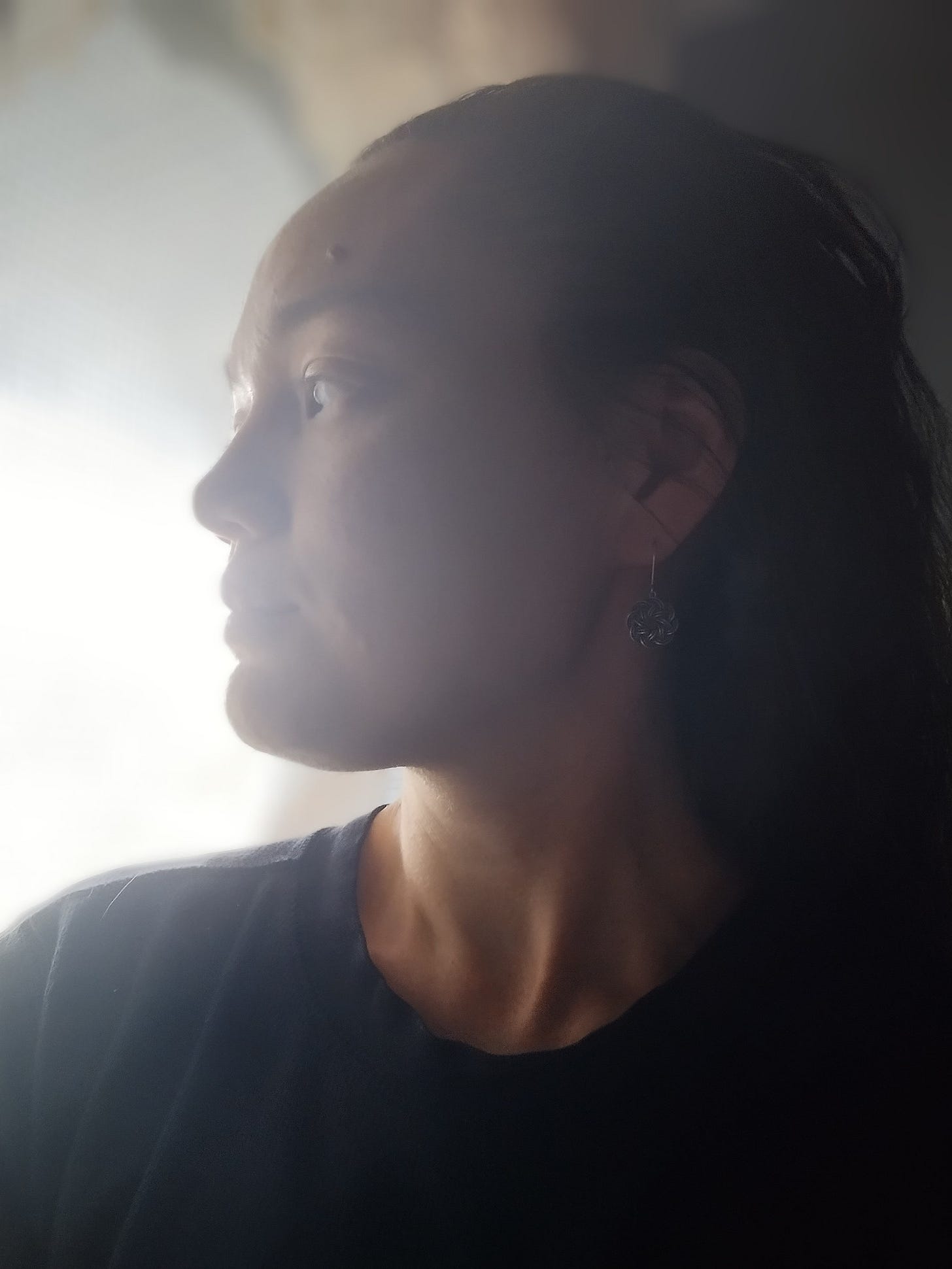Article 2: Dear Indigenous Nations of North America: Introduction to Waldorf Kindergarten (approx. Ages 5-6)
In Waldorf kindergarten the children do not sit down at desks, and they will not learn the ABC's or 123's until Grade school. They are focused on Spirit/body coordination fundamentals strictly.
At the Waldorf School, Kindergarten is understood to be like a home away from home, that is also therefore like another extension of "the womb outside the womb." In Waldorf pedagogy the kindergarten-age child is not ready for intellectual learning; they are stretching their little wings for the first time outside the home, and they are also being introduced to a new "family," or their peers, and will have a lot of work to do, among many other things, in learning how to be part of that pack. The Waldorf kindergarten teacher is one of the most revered roles in Waldorf communities, because when done properly, Waldorf kindergarten teaching takes some of the most skilled, intuitive, internally strong, and Spiritually intelligent people in the world.
In Waldorf kindergarten the children do not sit down at desks, and they will not learn the ABC's or 123's until Grade school. They are focused on Spirit/body coordination fundamentals strictly. Intellectual processes will be introduced slowly (to allow time for integration) in the consecutive years to come.
There is often a table for crafts and drawing, and a table for eating, but the majority of the classroom is a cleared, usually carpeted area, with a large, circle rug whose circumference and diameter cover most of the space. The purpose of this rug is so that the teacher (and often assistant)can facilitate what is called "circle time." "Circle time" is the main vehicle through which learning begins in Waldorf school. Because Rudolf Steiner understood the significance of the circle in the ancient world, that was representative of the "continuum of life/death/rebirth," he also connected it to the microcosm of the classroom community, and its foundational ability to help the children integrate both as individuals and as a community. The circle brings the two aspects of the Universe and the Human Being together: The Spirit and the Body. Rudolf Steiner taught that without the focus of the integration between the Spirit and Body from a young age, a person will struggle to integrate themselves in the world.
In "circle time" the teacher leads the little children to form a circle, and if there's the circle carpet like I described, then the children form the circle naturally around the edges. In this fashion, the teacher will then lead the children in little songs and verses with simple movements and gestures that go along with the song. One song I've seen used is "Farmer in the Dell."
"The farmer in the dell, the farmer in the dell,
Hi ho the darrio the farmer in the dell!
The farmer takes the wife, the farmer takes the wife, hi ho the darrio the farmer takes the wife!
The wife takes the child, the wife takes the child, hi ho the darrio the wife takes the child…!"
…The child takes the dog…then the dog takes the cat…then the cat takes the mouse….then the mouse takes the cheese…then the cheese stands alone… “the cheese stands alone, hi ho the darrio the cheese stands alone.”
The children move together clockwise or counterclockwise around the circle with the teacher. A very simple activity, but the idea behind it has the base of Waldorf Pedagogy; and that is, that human beings come into the world needing avenues to integrate the Spirit and Body. When the children move in unison in a circle form through music/rhythm/sound/verse, their bodies, minds and Spirits can focus in a way that helps them understand themselves in space, with other people, because it involves all their senses. Including the intuitive senses. When children can participate with one another in this way, critical foundations are laid internally for learning, and life ahead.
Free Play, is foundational to elementary school Waldorf, because it is understood that children mostly create their own avenues for learning and problem solving through their own imaginations, in their play. For example: Games such as "tag" - where someone is "it" and has to try and "tag" or touch another player while they try to run away and then the one tagged is now "it," or "Miss Mary Mack" the hand clapping game which involves two players and they "clap" each other's hands in rhythm to a verse, "Miss Mary Mack, Mack, Mack, all dressed in black, black, black…etc," or "Ring Around the Rosie" in which a few to many children hold each other's hands and skip around in a circle singing, "Ring around the Rosie, a pocket full of posies, ashes, ashes, we all fall down!" And when the children say "fall down" they all collapse laughing and out of breath to the ground; ALL these games and much, much more were originally created by the children themselves. They are learning to internally and externally integrate within and without, for Rudolf Steiner came to understand that Ancient Traditions all over the world, since time immemorial, from children's games, to Religious Ritual were all centrally about "Spirit/Body Unity." When the Spirit and Body are integrated, everything is possible, and prosperity is the natural result.
~ Anshin B. Hope Kelly





